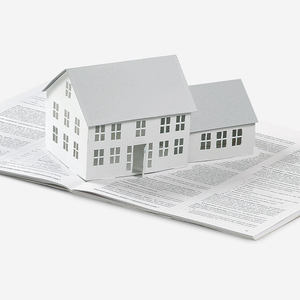Reproduction Period Homes
Edward and Linda Sunderland talk about what it takes to replicate Colonial-era houses.
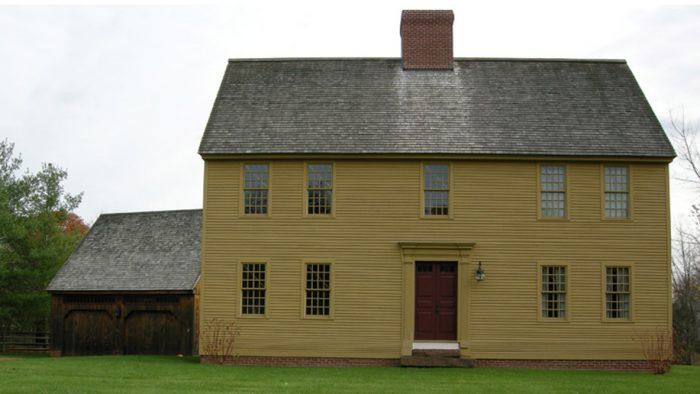
“The purity of their 18th-century lines, the beauty and atmosphere of their paneled rooms, their uncompromising workmanship and amenities provide lasting pleasure, comfort, and security—and will for generations.” —Sunderland Period Homes
Edward Sunderland has been restoring Colonial-era architecture for over 40 years—since the age of 12, in fact. He spent his childhood visiting house museums, looking at pattern books, and absorbing lessons on early American history. He has been described as “a New England antiquarian—a Yankee builder and craftsman with a passion for history and a zeal for creating new old houses.”

The years Edward worked as a teenager restoring his parents’ 1760 house in Glastonbury, Conn., equipped him with a deep knowledge of and affection for Colonial homes. As a middle-school student, he was keen on drafting and woodworking. Weekends found him figuring out restoration techniques while his parents were out salvaging trim, doors, wainscoting, moldings, and floor boards from antique houses being knocked down all over town. “Most people’s parents would come home from shopping with groceries. Mine came home with 18th-century house parts. And I was always excited to see them,” he muses.
Fast forward four decades and Edward, a South Windsor, Conn., resident, is busy overseeing operations at Sunderland Period Homes, the millwork shop and design-build company that he and his wife, Linda, founded in 1978. The business was their response to “today’s quickly built homes and designs dictated by the size of premade trusses, ready-made windows, and nondescript doors.”



Edward is doggedly committed to reproducing high-quality Colonial-era construction. Historical accuracy is his chief goal. Among his areas of expertise is the re-creation of fluted pilasters, carved rosettes, and bolection molding. Much of the handwork done in his shop is accomplished using reproduction 18th-century tools and building techniques that ensure new houses look as if they are 200 years old. “I began doing everything by hand with a small tablesaw,” he recalls. “I was using 24-in. record jointer planes and a set of beading and rounding planes that once belonged to an 18th-century cabinetmaker.” Of course, he has since modernized to expedite things, but he still hand-planes the surfaces of pine boards for panels and doors.


During the course of his career, Edward designed a small village called Settlement Hill, where all of the houses are patterned after early Connecticut River Valley architecture. Saltbox, Federal, and Georgian Revival are among the Colonial house styles Edward replicates. His experience also includes dismantling and rebuilding historic homes in order to save them from demolition.

Edward and Linda explain that period-home reproductions appeal to people who are reluctant to take on the headaches—crumbling foundations, rotted sills, crooked floors, and peeling paint, among other issues—of centuries-old houses but who love the look and feel of them. “For the faint of heart, we can reproduce houses in splendid and accurate detail—a proper aesthetically and proportionally balanced new ‘old’ house,” says Linda.


“To get a reproduction right,” Edward explains, “it takes a passion for nailing the details.” Among them he names: windows—the style, number of panes, and proportion in relation to the house; the chimney—its location, height, and width; the roof pitch; the clapboard and its spacing; corner boards and beading; molded cornice and returns; rake moldings up gable ends; and doorways. Doorways require special attention as they are often the only decorative exterior element on otherwise austere Colonial homes. “Doors are a distinctive art form in the Connecticut River Valley,” notes Edward. “And the queen mother is the scrolled pediment doorway.”


Fireplaces, mantelpieces, and panel ends are also key; old Colonial houses often have a minimum of three to four fireplaces on the first floor. According to Edward, what’s important is “the depth of them, the antiquity of them, the shape of the bricks, the tightness and color of the mortar, and no evidence of tooling.”


Floors are critical, too. Edward says he often sees builders use rough-sawn horizontal wall boards for flooring. “The floor has to look original—every board proportioned correctly and nailed with the right materials.” (Nail types are important throughout a house; Edward uses a mix of rose-head, T-head, and clover-head nails.) He puts down new pine boards very early on—right after drywall—and leaves them unfinished until the house is done, allowing the workmen to scuff them up, which gives the floor an aged appearance. Then, he cleans and finishes it with a three-color stain. He doesn’t sand floors, he says, because “sanding would eliminate the nail heads and make everything dead-flat perfect.” He notes that flooring is often a place where people go wrong in getting the right historical look.
As for walls, if the budget allows, Edward will use rock-lath plaster or blueboard—which is pretreated drywall with a fabric finish for applying plaster—or an 1/8 in. finish of CalCoat, which looks like plaster.


“Incorporating old elements in a new reproduction is especially helpful to re-create the atmosphere of the 18th century—that and antiques,” notes Linda. “It’s quite a process, and we often go to greater lengths than others care to go, but we are crazy for the 18th century.” It shows. Every detail in a Sunderland-built home—from moldings to chair rails to baluster turns—evokes the period.

For people seriously considering a reproduction home, Edward offers this advice: “Visit historic homes—a trip to Deerfield, Mass., is a great place to start.” Linda adds: “Take pictures and soak it all in. Study the houses, measure them if you can, note the various details you’d like to incorporate into your house, draw and/or take impressions of the moldings, and then have them custom made.” 
Edward says that clients who are interested in a reproduction typically come with a style in mind. “Some will want a saltbox because they love the asymmetry on that roofline, which is quintessential New England. Others love the higher style of the mid-18th-century two-chimney Georgian houses with a central hall. Fewer are familiar with hipped-roof houses, which are terrific.”
Edward explains his execution of reproduction houses this way: “We are wedded to a period of architecture. We don’t mess with it, we just re-create it authentically. You can do so many wonderful things with all of the motifs that were created at that time—not to mention the furniture!”
Photos courtesy of Sunderland Period Homes
For more Colonial era architecture:
Fine Homebuilding Recommended Products
Fine Homebuilding receives a commission for items purchased through links on this site, including Amazon Associates and other affiliate advertising programs.
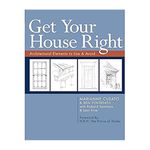
Get Your House Right: Architectural Elements to Use & Avoid
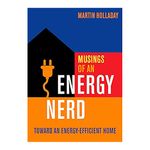
Musings of an Energy Nerd: Toward an Energy-Efficient Home
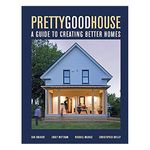
Pretty Good House








